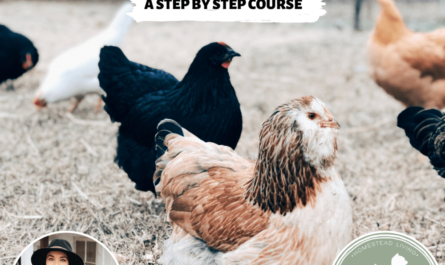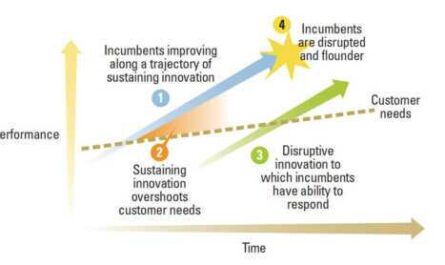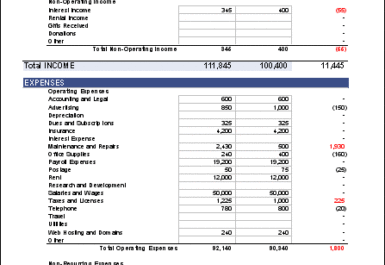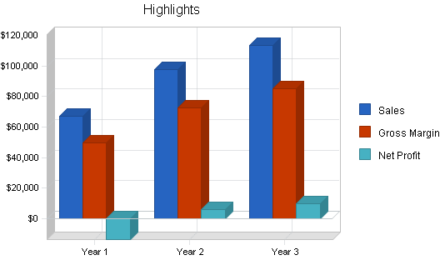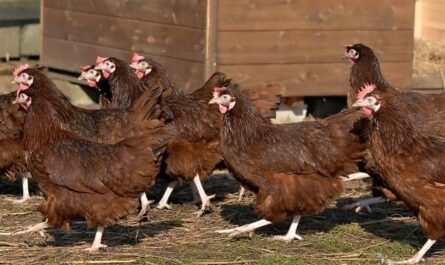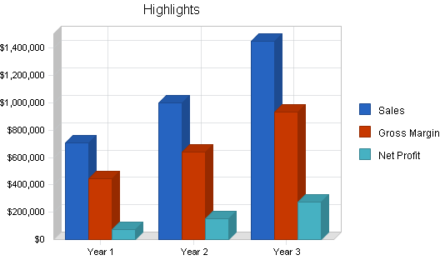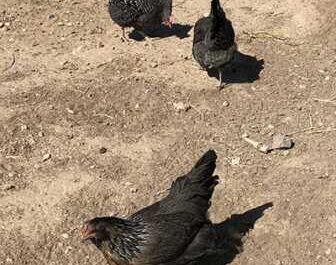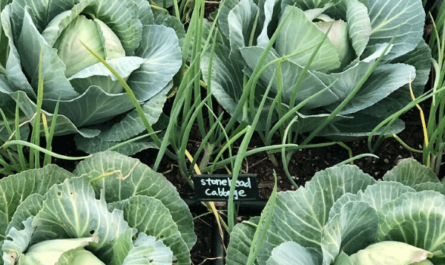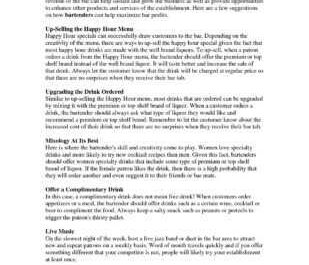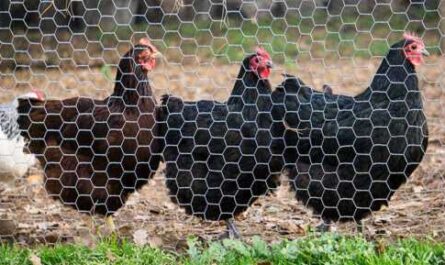If you want to start growing carrots but don’t know how, know that “carrots are very easy to grow, but grow best in cool temperatures.”
You will be able to grow carrots easily as long as the temperature is cool and you have planted them in loose sandy soil.
Carrots are very popular all over the world because their root is rich in sugar and is an excellent source of carotene and vitamins.
Carrots also contain a very high amount of fiber, which is great for improving the metabolic system.
In fact, it takes less space to grow carrots in your garden. You can grow carrots if you have a small garden or even flower beds.
Carrots are very hardy and resistant to pests and diseases. They tolerate frost well and are a good late crop.
How to grow carrots in your garden
You will be successful if you follow these step-by-step instructions for growing carrots in your garden.
Here we cover everything about growing carrots, from planting, care to harvesting.
Choose the variety
We have usually seen traditional orange-colored carrots in the market.
But there are other varieties of carrots in different colors, such as raspberry, purple, yellow, white, etc.
You should choose a variety based on its survivability and availability in your area.
Some recommended carrot varieties are Bolero, Danvers, Littlefinger, Nantes, and Tberline.
Buy seeds
After selecting a variety, buy seeds from one of the seed shops near you.
Carrots are very popular all over the world, so you can easily buy seeds at any store near you.
You can also collect seeds from friends or relatives (if there are growing carrots).
Best time to grow carrots
Carrots grow very well at room temperature. When growing carrots in northern regions, start sowing the seeds 3 weeks before the last expected frost.
And in the southern regions with a tropical climate, carrots can be grown in winter.
For optimal carrot growth, nighttime temperatures should drop to around 13°C and daytime temperatures should average 24°C.
Soil preparation
Soil condition is the most important thing to consider when growing carrots in your garden.
In fact, carrots do best in well-drained sandy or clay soil in full sun (although they can tolerate a moderate amount of shade).
Heavy soils are not suitable for growing carrots, because in heavy soils carrots ripen slowly and the roots become unattractive and coarse.
Also avoid rocky soil, as such soil gives poor quality carrot roots.
When preparing the soil for growing carrots, deeply loosen the soil and loosen it. Avoid using too much manure, compost or other organic fertilizers.
Otherwise, you should see stemmed carrots or a few split carrots.
planting
You can plant carrot seeds outdoors 3-4 weeks before the last spring frost. And plant additional seeds every 2-3 weeks for multiple crops.
Plant the seeds in rows 3-4 inches apart and there should be at least 10 inches between rows. Keep the soil moist but not wet (don’t let it dry out).
Don’t panic if the carrot looks fake. In fact, carrots germinate slowly and can take 3 weeks or more to sprout.
Care
You need to be very careful with the plants for a better harvest. Here are the general steps for caring for carrots.
Feed / fertilizer
Once you’ve prepared the soil with organic fertilizer before planting the seeds, you don’t need to apply any additional fertilizer to grow carrots.
Although you can apply organic fertilizers like compost tea 5-6 weeks after planting the seeds.
tearing
Water growing plants regularly. Carrots need at least an inch of water per week.
Mulching
Mulching helps retain moisture in the soil. And it also helps to speed up the germination process.
Mulching is also a great way to protect plants from direct sunlight on their roots.
Cannabis control
Weeds can create serious problems when growing carrots. Weeds consume most of the nutrients in the soil.
Weed control is therefore important. You can easily pick up the weeds by hand and then mulch. This will eliminate most garden weeds.
liquefaction
Cut the plants when they are about 1 cm tall, so that the plants are 3 inches apart.
It will be better to twist them with scissors than to pull them out (this will avoid damaging the roots of the remaining plants).
Pests and diseases
Carrots have relatively fewer pests and diseases. Although wireworms or fleas can create problems. Yellow aster disease sometimes affects carrots.
This disease causes the tops and roots of carrots to become shortened and discolored. This disease is actually spread by pests, so weed control will help prevent this disease.
pick carrots
Depending on the variety, most carrots should be ripe and ready to harvest within 2 to 4 months.
You can also harvest when they are almost 1/2 inch in diameter. In fact, you can harvest carrots when you reach the desired maturity.
I hope you enjoyed this guide to growing carrots in your garden. Good luck!











